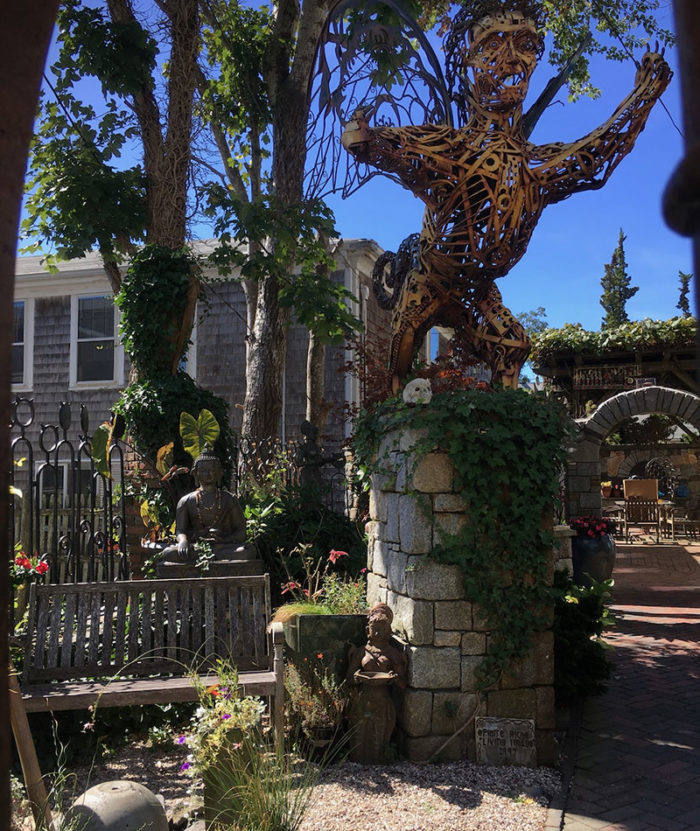
Even if you don’t identify as an artist, your garden is a form of art through your self-expression. Consider that each of us draws from a common regional palette of plants but situates them in idiosyncratic combinations. We create vignettes that are like paintings that change by the minute and day. And we add utilitarian, sentimental, and purely decorative objects that personalize our outdoor spaces and impact our gardens’ designs by providing focal points and contrast. No two gardens are alike.
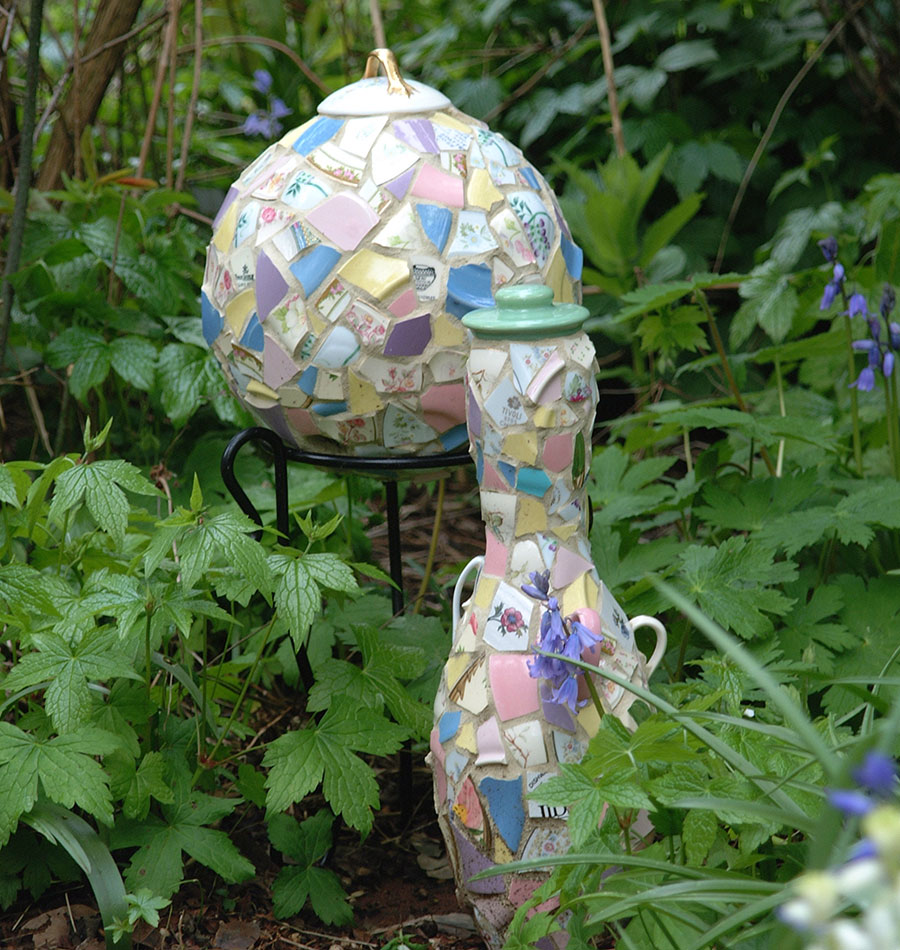
When it comes to garden art, convention tells us a little goes a long way. The solid structures in our gardens—our houses, outbuildings, stone walls, fences, and pathways—all act as foils for the wild exuberance of plants, providing contrast and scale. Every container, tuteur, birdbath, bench, gnome, and lobster buoy hung from the shed add another focal point and layer of personality with the potential to enhance our—and our visitors’—experience of the garden.
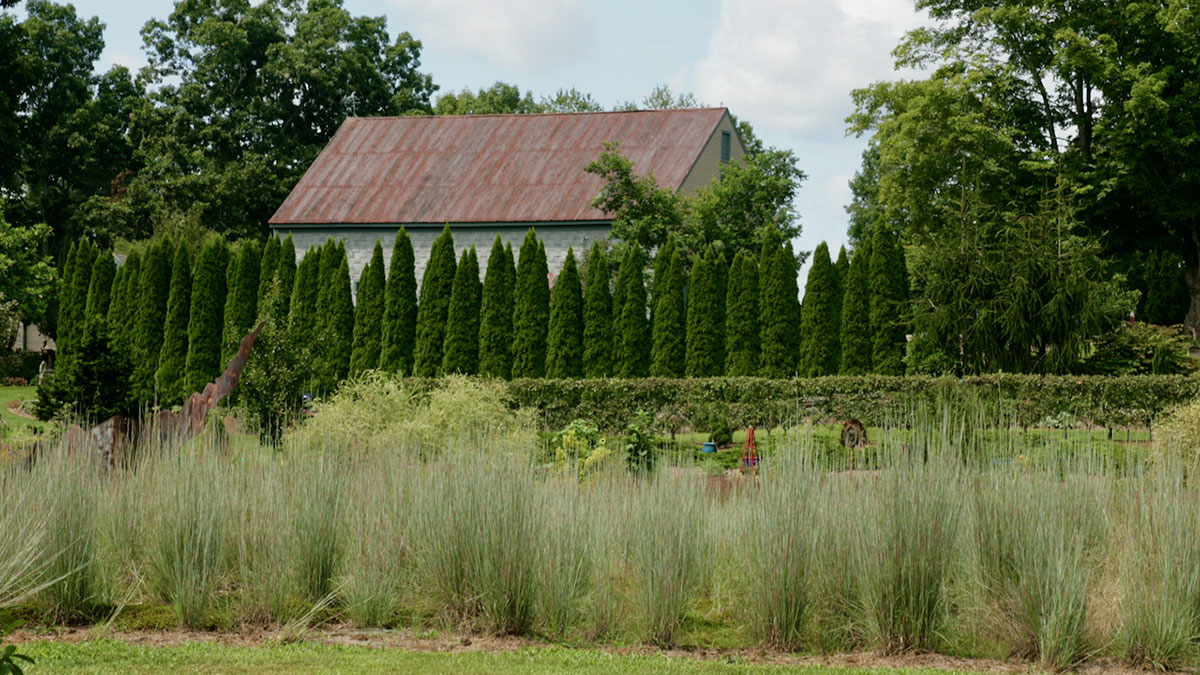
Bedrock Gardens in Lee, New Hampsire, is an excellent example of a garden full of beautiful garden art. Beginning in the 1980s, sculptor Jill Nooney and her husband, Bob Munger, began transforming the 37-acre abandoned dairy farm into “an oasis of art, horticulture, and inspiration.” Among other earthworks and gardens, they created a 200-foot waterway called the Wiggle Waggle, a large swath of ornamental grasses called the GrassAcre that reads from above as an abstract painting, and a collection of over 50 conifers in a stand called Conetown.
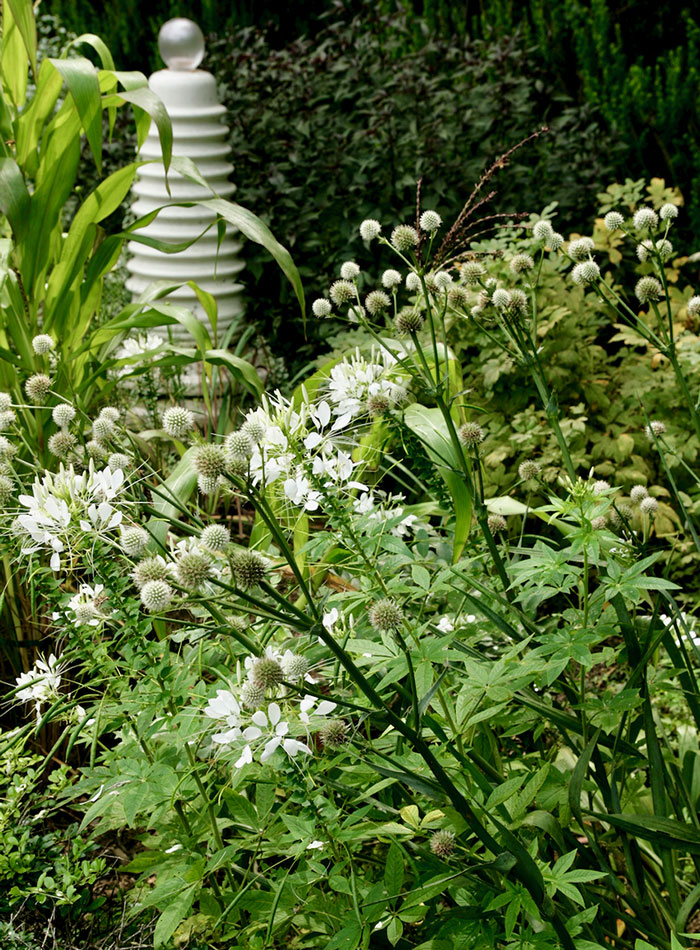
They also peppered the Bedrock Gardens property with Nooney’s found-object welds, Munger’s structures, and a collection of sculptures by friends. It’s an intensely personal garden, unrestrained by rules and conventions, and is now open to the public four days a week and two weekends a month during the growing season. Treat yourself to an artist’s date there this year.
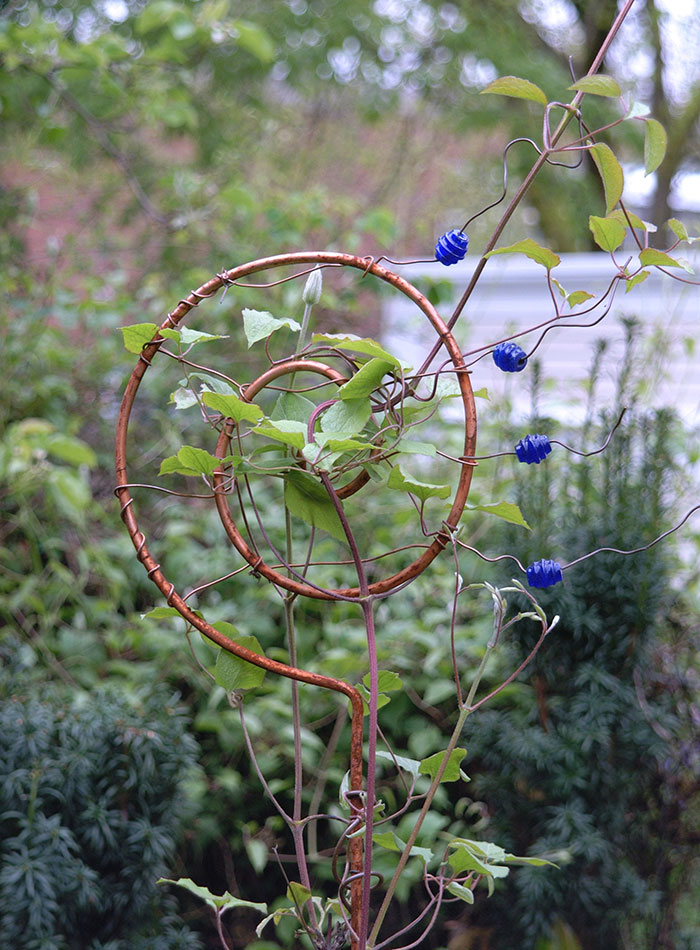
Whether your garden includes a whimsical assortment of objet d’art, is minimally adorned, or falls somewhere in between, early spring as the garden is waking is the perfect time to evaluate the balance of ornamental elements in the garden. Bring your favorite pieces out of winter storage (low-fired ceramic containers, cement statuary, and birdbaths may crack and flake if unprotected from winter’s freeze-and-thaw cycles), and consider siting them in new locations to maximize their effect or create fresh combinations, just as you would with your plants. Position them strategically where they feel at home and will draw the gaze around the garden the same way your eyes travel to find every detail in a well-composed painting.
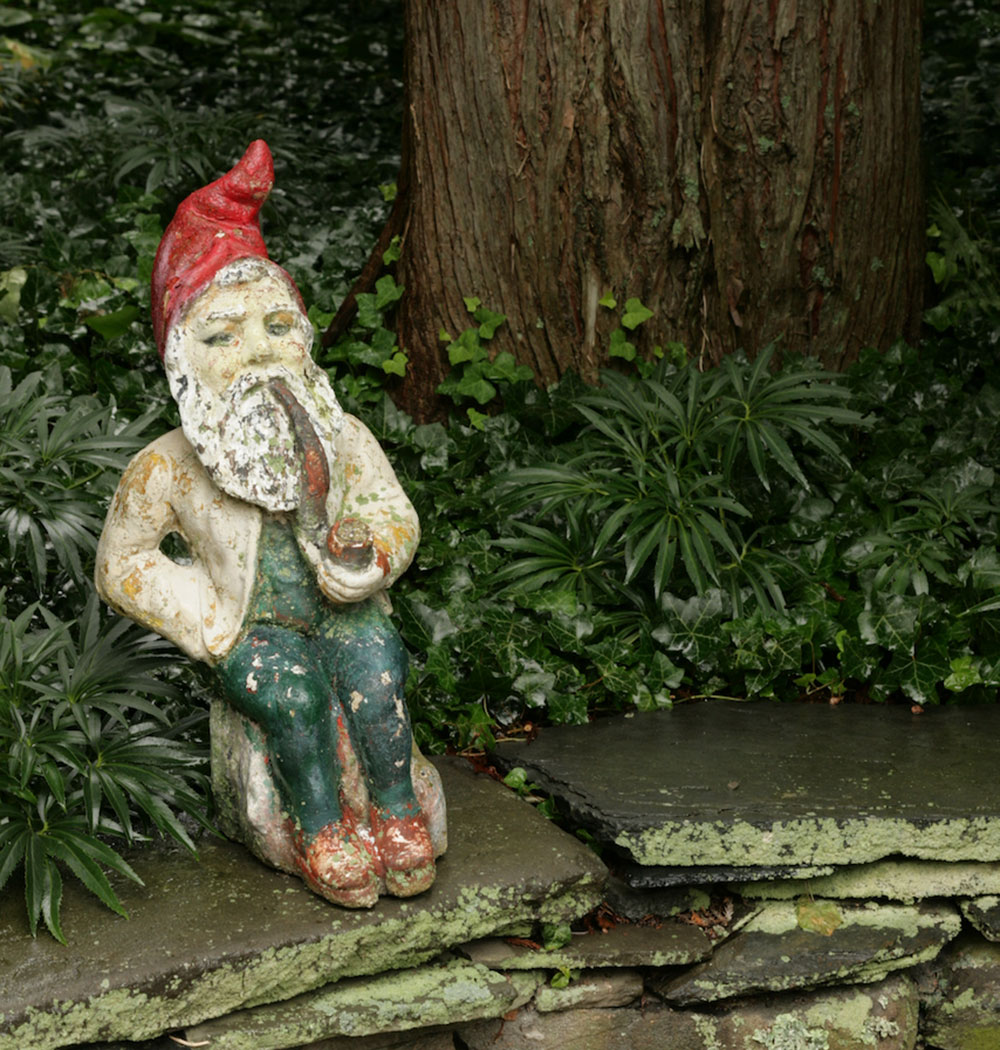
Of course, as the garden grows, its balance will wobble. Vines will engulf tuteurs, benches will become concealed by deep shade, and gnomes may go missing under foliage. You could put more ornaments on display, or decide to let plants provide all the focal points, contrast, levity, sentiment, and interest that your garden needs. Either way, there’s always art of some kind in the garden.
—Kristin Green is author of Plantiful: Start Small, Grow Big With 150 Plants That Spread, Self-Sow, and Overwinter. She gardens in Bristol, Rhode Island.


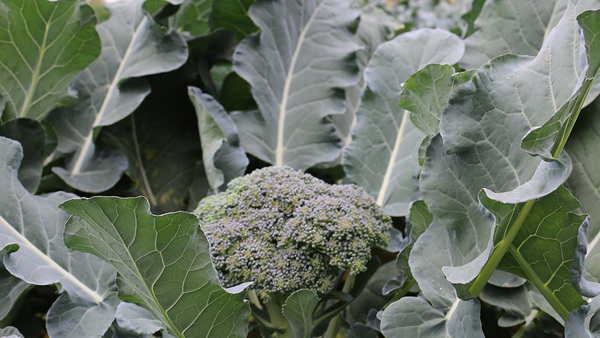















Comments
Log in or create an account to post a comment.
Sign up Log in